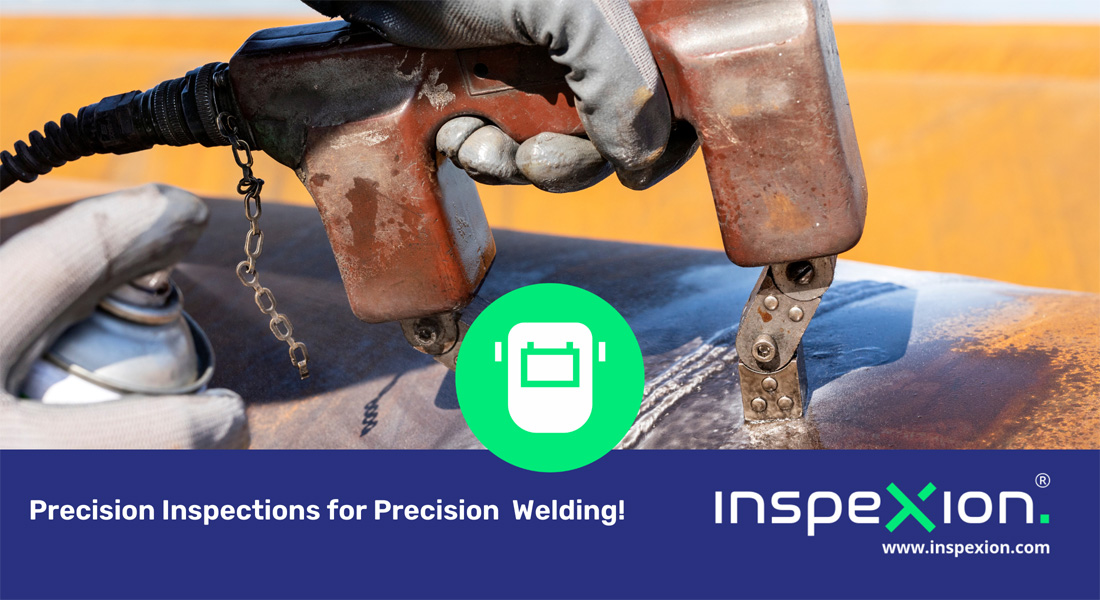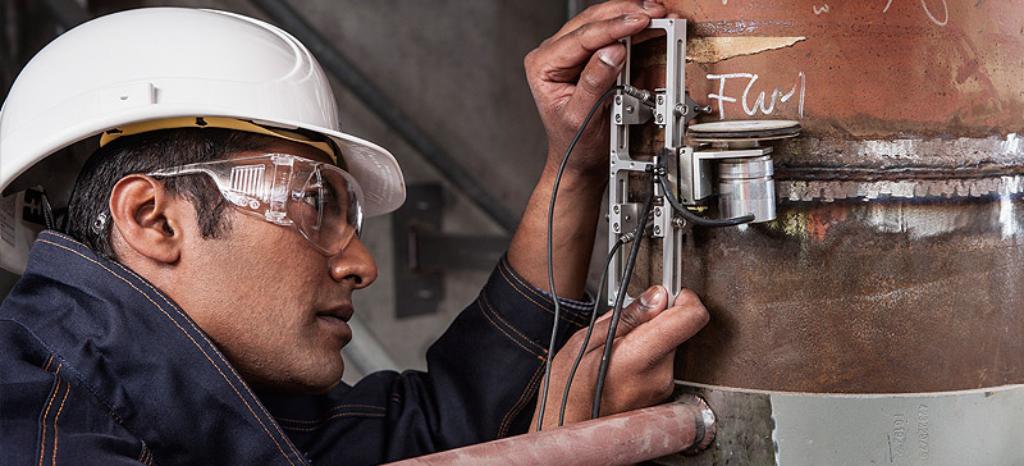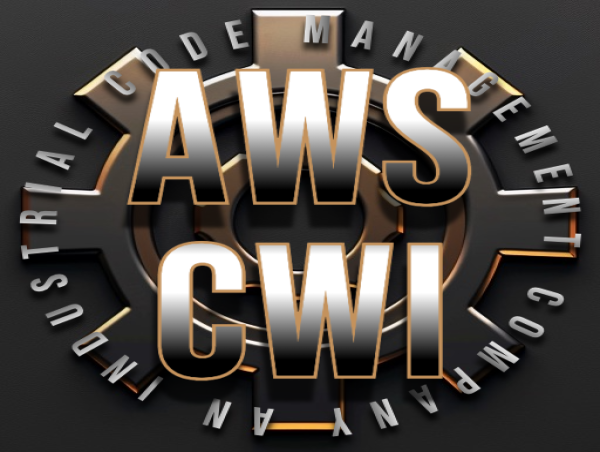The Impact of Welding Inspection Milwaukee on Job Success and Conformity
The Impact of Welding Inspection Milwaukee on Job Success and Conformity
Blog Article

Checking Out the Different Methods and Criteria of Welding Examination for Getting Compliance and Reliability in Design Applications
The relevance of welding examination in design applications can not be overstated, as it acts as an important guard for guaranteeing architectural integrity and conformity with sector criteria. Various approaches, consisting of visual examination and progressed non-destructive testing methods, give necessary insights right into the quality of welds. Adherence to recognized governing standards such as those from AWS and ASME establishes a structure for responsibility and quality. The landscape of welding inspection is constantly advancing, triggering a closer assessment of arising techniques and their implications for engineering integrity. What might these developments involve for future tasks?
Importance of Welding Assessment
Welding evaluation plays a vital duty in making certain the integrity and safety of bonded structures. This procedure entails the systematic examination of welds to verify conformity with fixed criteria and requirements. The value of welding examination can not be overemphasized, as it functions as a guard versus possible failures that could arise from poor welding techniques. Via extensive assessment, flaws such as fractures, gaps, and poor combination can be determined early, thereby preventing tragic failings that may cause architectural collapse or safety hazards.
Furthermore, welding examination is crucial for preserving quality control throughout the welding procedure. It ensures that the welds fulfill the needed mechanical and physical residential properties required for their designated applications. Normal examinations likewise promote a society of accountability and continual enhancement within welding operations, motivating adherence to best practices and market requirements.
In managed sectors such as aerospace, construction, and production, rigid welding inspection methods are mandated to abide by legal and safety and security needs. Ultimately, efficient welding inspection not only secures human life and home however additionally enhances the durability and dependability of bonded frameworks, making it a vital aspect of engineering and building.

Usual Welding Evaluation Methods
A variety of inspection methods are used to assess the quality and integrity of welds, each customized to identify details kinds of issues. Amongst one of the most typical methods is visual evaluation, which includes an extensive evaluation of the weld surface to identify noticeable imperfections such as splits, damages, and insufficient fusion. This approach is commonly the primary step in the evaluation procedure because of its simplicity and cost-effectiveness.
An additional extensively utilized method is radiographic examination, where X-rays or gamma rays pass through the weld to expose internal issues. This method is especially reliable for finding porosity and additions within the weld product. Ultrasonic screening uses high-frequency audio waves to determine inner problems, offering a detailed evaluation of the weld's integrity.
In addition, magnetic particle assessment is made use of for ferromagnetic products, enabling for the detection of surface area and near-surface problems by observing and applying magnetic fields fragment patterns. Color penetrant screening includes using a liquid color to the weld surface area, revealing fractures and various other interruptions upon assessment (Welding Inspection Milwaukee). Each of these approaches plays an essential duty in making sure weld high quality and conformity with market requirements
Non-Destructive Evaluating Techniques
Non-destructive testing (NDT) methods are vital devices in the assessment of weld top quality, permitting assessors to evaluate the stability of welded joints without creating damage to the products. Various NDT methods are used to determine prospective defects, making certain that welds satisfy the a fantastic read required criteria for security and performance.
Among the most widespread methods is ultrasonic screening (UT), which utilizes high-frequency audio waves to identify internal problems such as spaces or fractures. Radiographic testing (RT) employs X-rays or gamma rays to create pictures of welds, revealing any kind of discontinuities within the material. Magnetic particle testing (MT) is effective for discovering surface and near-surface issues in ferromagnetic materials via the application of electromagnetic fields and contrasting bits.
Fluid penetrant testing (PT) is an additional widely utilized approach that entails using a color to the surface area of the weld, which leaks into any type of splits, making them noticeable under ultraviolet light. Each of these methods gives unique benefits and constraints, and the selection of an ideal method is essential to accomplishing exact assessments of weld honesty. Eventually, the application of NDT techniques dramatically adds to the integrity and security of design applications.

Regulatory Standards and Conformity
In the realm of welding assessment, adherence to regulative criteria and conformity is vital to ensure the safety and reliability of bonded structures (Welding Inspection Milwaukee). Numerous companies, including the American Welding Culture (AWS), the American Society of Mechanical Designers (ASME), and the International Company for Standardization (ISO), have actually established guidelines that regulate welding practices and evaluation treatments. These standards give a structure for quality assurance, describing the essential qualifications for assessors and the techniques for analyzing weld integrity
Conformity with these governing requirements not just enhances the structural integrity of welded settings up yet likewise alleviates risks connected with failings, which can have devastating repercussions. Assessments must be done utilizing specified procedures, including visual, ultrasonic, and radiographic approaches, to ensure that welds meet specified criteria.
Moreover, adherence to these requirements is frequently required by regulation, especially in sectors such as aerospace, manufacturing, and building. Regular audits and qualifications are vital to preserve compliance, thus promoting a society of safety and quality within companies. Ultimately, regulative criteria and compliance serve as the backbone of dependable welding evaluation practices, guaranteeing that crafted frameworks meet both performance expectations and safety and security demands.
Best Practices for Welding Assessment
While preserving conformity with regulative standards is crucial, carrying out best techniques for welding examination better boosts the safety and security and integrity of bonded structures. Efficient welding evaluation begins with detailed preparation, that includes understanding the details needs of each project and making sure inspectors are redirected here trained in appropriate approaches and criteria.
Making use of a thorough inspection checklist aids to guarantee all important facets are analyzed, such as weld size, penetration, and aesthetic issues. Non-destructive screening (NDT) methods, such as ultrasonic or radiographic screening, should be utilized where appropriate, providing an extra thorough evaluation of weld high quality without endangering the stability of the products.
Documentation company website plays a significant function in best techniques; maintaining precise records of examinations, consisting of photographs, examination results, and compliance reports, makes certain liability and helps with future analyses. In addition, cultivating a society of open communication between welders and assessors can bring about early recognition of possible concerns, advertising immediate rehabilitative actions.
Conclusion
In summary, the application of rigorous welding inspection methods and adherence to developed requirements are important for making certain compliance and reliability in design applications - Welding Inspection Milwaukee. Methods such as aesthetic inspection, radiographic testing, and ultrasonic testing work as crucial devices in maintaining and identifying defects quality control. By cultivating a society of accountability and excellence, companies can enhance the integrity and longevity of welded frameworks, ultimately adding to the safety and security and efficacy of design jobs
Various techniques, consisting of aesthetic inspection and advanced non-destructive screening methods, give vital understandings right into the top quality of welds.Welding examination plays a crucial duty in making sure the integrity and safety and security of bonded frameworks.A variety of examination approaches are utilized to evaluate the top quality and honesty of welds, each tailored to spot particular types of issues.Another widely made use of method is radiographic examination, where X-rays or gamma rays permeate the weld to reveal inner problems.In the realm of welding examination, adherence to regulative criteria and compliance is vital to make sure the security and integrity of welded frameworks.
Report this page